Ever wondered how teachers know if their students are really grasping the material? The answer lies in effective assessment. Just like a good mechanic needs the right tools to diagnose a car problem, educators rely on a toolbox of assessment strategies to understand how their students are learning.
Think about it: strong assessment practices aren't just about grades. They're about ensuring students are on the right track to achieving learning goals. By using a variety of assessment methods, teachers can identify areas where students excel and where they might need a little extra support. This valuable information allows educators to adjust their teaching strategies to better meet the needs of their students.
Now, within this assessment toolbox, two crucial tools stand out: assessment instruments and marking guides. Let's learn about what these are and how they can supercharge your assessment practices!
Understanding Assessment Instruments
Imagine you're a trainer or teacher who wants to measure how well your students grasp the material. Assessment instruments are the tools you use to gather evidence of student learning and competence. There are different ways to test understanding, not just the traditional pen-and-paper exam.
Now, what's the difference between an assessment instrument and an assessment tool? The Australian Skills Quality Authority (ASQA) explains it this way: an assessment instrument is the specific method used to collect evidence, like a written exam or a project. An assessment tool is the broader concept, encompassing the instrument itself, along with all the supporting resources and criteria used to judge the evidence. Guide to assessment tools
So, what kind of assessment instruments are commonly used in Australia?
Written Exams: These tried-and-true tests can be effective for assessing factual knowledge and basic skills. However, they're not always the best choice for measuring complex learning outcomes.
Projects: Projects allow students to learn more about a topic and showcase their understanding through creative presentations or research papers.
Presentations: Public speaking skills are a valuable asset in any workplace. Presentations can assess a student's ability to communicate information effectively and handle questions from an audience.
Portfolios: A collection of a student's work over time, portfolios provide a holistic view of their progress and development in a particular area.
Practical Tasks: Hands-on tasks are essential for assessing competency in vocational training or careers. Think of simulations, role-playing exercises, or practical demonstrations.
Online Quizzes: Technology can be a great ally in assessment! Online quizzes can be a flexible and efficient way to measure student understanding of key concepts.
Case Studies: Analyzing real-world scenarios can be a stimulating way for students to apply their knowledge and problem-solving skills.
Group Work Assignments: Collaboration is a crucial skill in today's workforce. Group work assignments assess a student's ability to work effectively within a team, contribute to a shared goal, and communicate ideas.
Choosing the Right Tool for the Job
The most appropriate instrument depends entirely on the learning objectives you're trying to assess and the specific needs of your students. Think of it like choosing the right tool for the job – a screwdriver wouldn't be very helpful if you needed to hammer a nail!
Here are some key factors to consider when selecting an assessment instrument:
Learning Objectives: What are the specific skills or knowledge you want your students to demonstrate? For example, if the objective is to assess research skills, a written report might be a better choice than a presentation.
Student Needs: Consider your students' learning styles, prior knowledge, and any learning difficulties they might have. Some students might excel in written exams, while others might thrive in a collaborative group project setting. Choosing an instrument that caters to their strengths can help them showcase their understanding more effectively.
Assessment Depth: Are you aiming for a broad overview of understanding, or do you need a more in-depth analysis of a specific skill? For example, a multiple-choice quiz can assess basic factual knowledge quickly, while a case study analysis would demand deeper critical thinking and problem-solving skills.
Matching Instrument to Learning Style:
Think about your students' preferred learning styles – visual, auditory, kinesthetic, or a combination. By selecting an assessment instrument that aligns with their learning style, you can create a more inclusive and engaging assessment experience.
For example:
Visual Learners: Infographics, diagrams, presentations, or concept maps can be great assessment tools for visual learners.
Auditory Learners: Oral presentations, debates, or group discussions can be effective ways to assess auditory learners.
Kinesthetic Learners: Hands-on tasks, simulations, role-playing exercises, or practical demonstrations cater well to kinesthetic learners who learn best by doing.
The Australian Curriculum, Assessment and Reporting Authority (ACARA) provides a wealth of resources on effective assessment practices. Understanding K–12 assessment
Marking Guides
After all the assessment instruments - How do you make sure you're assessing everyone fairly and consistently? Marking guidelines, also known as rubrics or evaluation standards, are useful in this situation. Consider them as an outline for evaluating student achievement, setting clear objectives, and minimizing uncertainty from the grading process.
The Queensland Curriculum and Assessment Authority emphasizes the importance of marking guides, stating they provide teachers with a "framework for making judgements about student performance" - Instrument-specific marking guides (ISMGs). In other words, they ensure everyone's on the same page – you, your students, and any other assessors involved.
What's Inside a Marking Guide?
So, what information does a typical marking guide contain? Here's a breakdown of the key components:
Learning Objectives or Assessment Criteria:
This section clearly outlines the specific skills or knowledge students are expected to demonstrate in the assessment. By aligning the marking guide with the learning objectives, you ensure students understand exactly what they need to achieve.
Performance Levels: Marking guides typically define different levels of performance, such as:
Exceeding Expectations (demonstrates exceptional understanding and skill)
Meeting Expectations (achieves all learning objectives competently)
Not Meeting Expectations (requires further development to meet learning objectives)
Descriptors for Each Performance Level:
Detailed descriptions paint a clear picture of what successful performance looks like at each level. For instance, the descriptor for "Meeting Expectations" in a written essay assignment might specify:
Clear and well-structured arguments supported by relevant evidence.
Accurate use of grammar and spelling.
Demonstrates understanding of key concepts.
By providing these concrete details, marking guides leave little room for ambiguity and ensure everyone involved has a clear understanding of what constitutes a strong performance. This transparency not only promotes fairness in grading but also empowers students to focus their efforts on achieving the desired learning outcomes.
Benefits of Using Assessment Instruments & Marking Guides
So you've established a range of evaluation tools, such as presentations, projects, and online quizzes. But how can you guarantee that these exams aren't merely collecting dust, but are contribute to successful learning? At this point, marking guidelines become useful, collaborating with assessment tools to form an effective evaluation system. Let's explore the many benefits they offer:
1. Improved Assessment Quality:
Imagine two teachers grading the same essay, one with clear criteria and one without. The results could be vastly different! Assessment instruments and marking guides help overcome this inconsistency. Here's how:
Standardized Criteria: Marking guides establish clear and consistent criteria for evaluating student performance on assessments. Think of them as a set of objective standards everyone uses to judge the work, minimizing subjectivity and ensuring fairness. What is the difference between an assessment tool and an assessment instrument? (Clause 1.8) | Australian Skills Quality Authority (ASQA).
Reliable Results: By having everyone assess based on the same criteria, marking guides promote reliable assessment practices. This means consistent results, regardless of who is doing the marking. This reliability is crucial for ensuring the validity of your assessments – are they truly measuring what they're intended to measure?
2. Enhanced Student Learning:
Effective assessments are about more than just assigning grades. They should also be a tool for student learning and improvement. Here's how marking guides support this goal:
Clear Expectations: Marking guides provide students with a transparent roadmap for success. They clearly outline the learning objectives and the specific criteria used to evaluate performance. This allows students to understand what's expected of them and tailor their learning strategies accordingly.
Targeted Feedback: With clear marking criteria, you can provide more focused and actionable feedback to your students. Instead of vague comments like "good job" or "needs improvement," you can identify areas where students excelled and offer specific suggestions for improvement based on the marking guide criteria. This targeted feedback empowers students to take ownership of their learning and make strides towards achieving the learning objectives.
3. Consistency & Standardization:
Imagine a group project where one student is graded harshly by one assessor, while another receives a much higher mark from a different assessor. Not exactly fair, right? Assessment instruments and marking guides help ensure consistency and fairness in the assessment process:
Reduced Bias: By having everyone use the same criteria, marking guides minimize the risk of personal biases influencing assessment decisions. This promotes fairness and ensures all students are evaluated on a level playing field.
Equal Opportunities: Clear assessment criteria and consistent application across different assessors create a more honest learning environment. This means every student has an equal opportunity to succeed, regardless of their background or who their assessor is.
Taking Your Assessment Skills to the Next Level
The world of education is constantly evolving, and assessment practices are no exception. To ensure you're using the most effective methods and staying ahead of the curve, continuous improvement is key.
Here's the thing: effective assessment isn't just about ticking boxes. It's about creating a learning environment that truly supports student success. By staying up-to-date on best assessment practices, you can:
Craft more engaging and meaningful assessments that keep students motivated.
Provide more accurate and insightful feedback to help students improve their learning.
Promote a culture of self-reflection where students become active participants in their learning journey.
Investing in Your Assessment Expertise
So, how can you take your assessment skills to the next level? Consider exploring professional development opportunities specifically designed for educators. Learning Options’s Trainer Assessor Course: TAE40122 Certificate IV in Training and Assessment is a fantastic option for those looking to develop a strong foundation in assessment practices.
This nationally recognized qualification provides you with the knowledge and skills to:
Design effective assessment tools and instruments that accurately measure student learning outcomes.
Develop clear and consistent marking guides that ensure fair and reliable assessment.
Deliver a variety of assessment methods to cater to different learning styles and needs.
Provide constructive feedback that helps students understand their strengths and areas for improvement.
The Benefits of Upskilling
By investing in Training and Assessment, you'll gain a valuable skillset that can benefit you throughout your career. Here are some of the advantages:
Increased Confidence: Knowing you have the skills to design and deliver effective assessments can boost your confidence as an educator.
Enhanced Student Learning: Strong assessment practices lead to richer learning experiences and improved student outcomes.
Career Advancement: Upskilling demonstrates your commitment to professional development and can open doors to new opportunities.
Ready to Make a Difference?
Check Learning Options today &
Explore how Certificate IV in Training and Assessment can help you take your assessment skills to the next level!
FAQ
Why is it critical that assessment tools adhere to the principles of assessment?
Answer: When creating assessment tools, educators must guarantee that the principles of assessment are followed. This is not just excellent practice but also required by regulatory requirements. The principles of assessment necessitate that assessments be valid, reliable, adaptable, and fair.
What is the purpose of an evaluation instrument?
Answer: An assessment instrument is a component of the assessment tool. The assessment instrument consists of documented activities designed to support the assessment process and used to collect evidence of student competency.
How may performance assessments be used to provide instructions?
Answer: Carefully planned performance evaluations will assist teachers in determining the levels of student knowledge, correcting any student misconceptions, and providing the teaching required to take thinking and learning forward.
How do you develop an assessment strategy?
Answer: Developing an assessment plan:
Review your course learning objectives and goals.
Choose and design assessments.
Choose the right tools for assessments.
Develop assessment criteria and rubrics.
Determine your feedback strategy.
What characteristics define an efficient assessment tool?
Answer: When choosing an acceptable evaluation, the following criteria are considered: reliability, validity, inclusiveness, objectivity, and practicality.
What is a fair change to an assessment?
Answer: A reasonable adjustment is a legal word that, in the context of VET, refers to a measure or action made by an education provider to allow learners with disabilities to engage in education and training on the same terms as learners without disabilities.

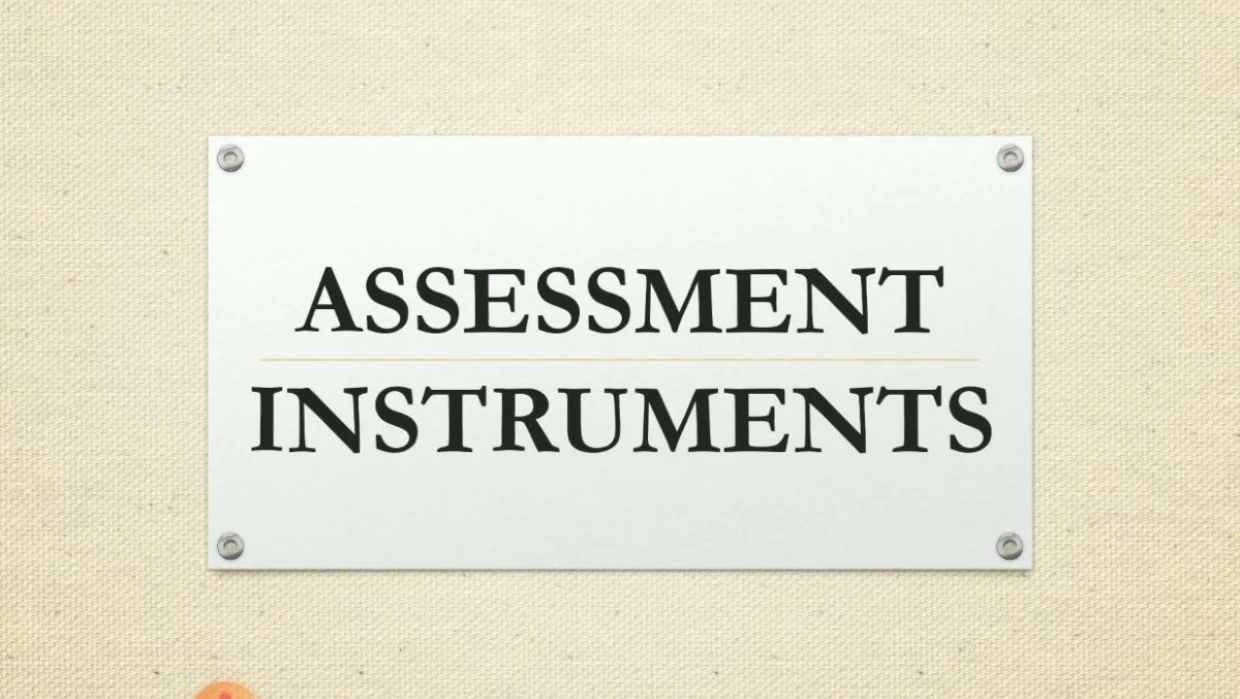




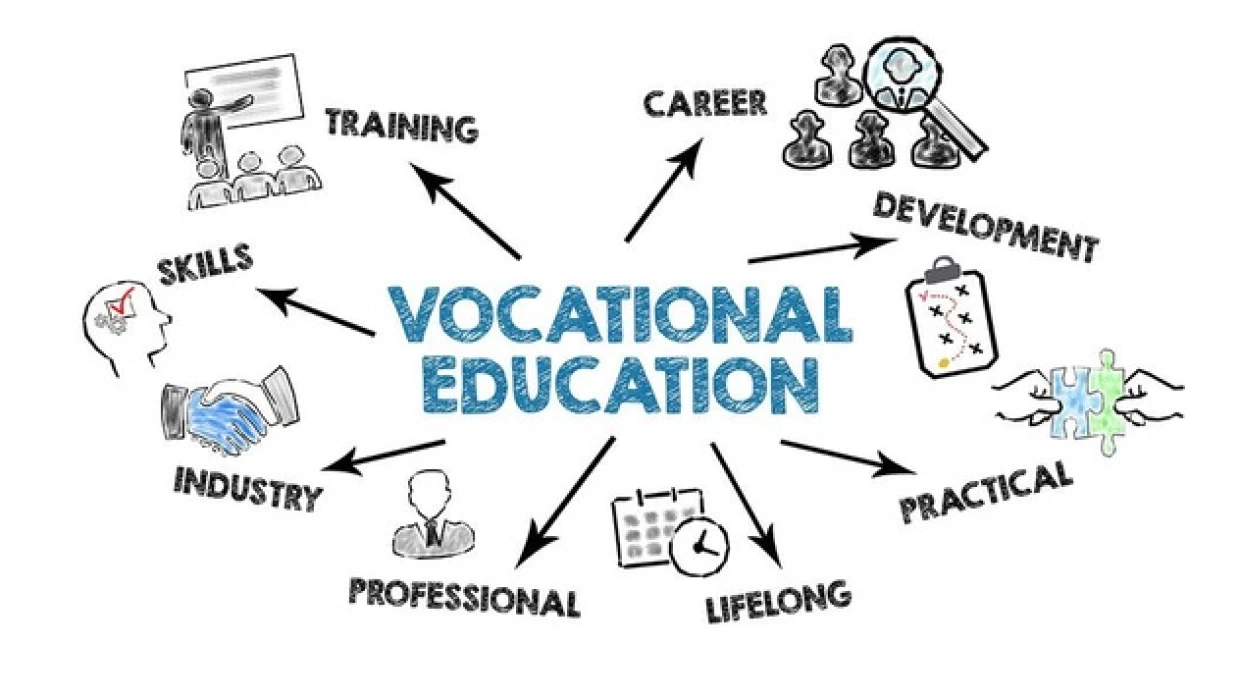










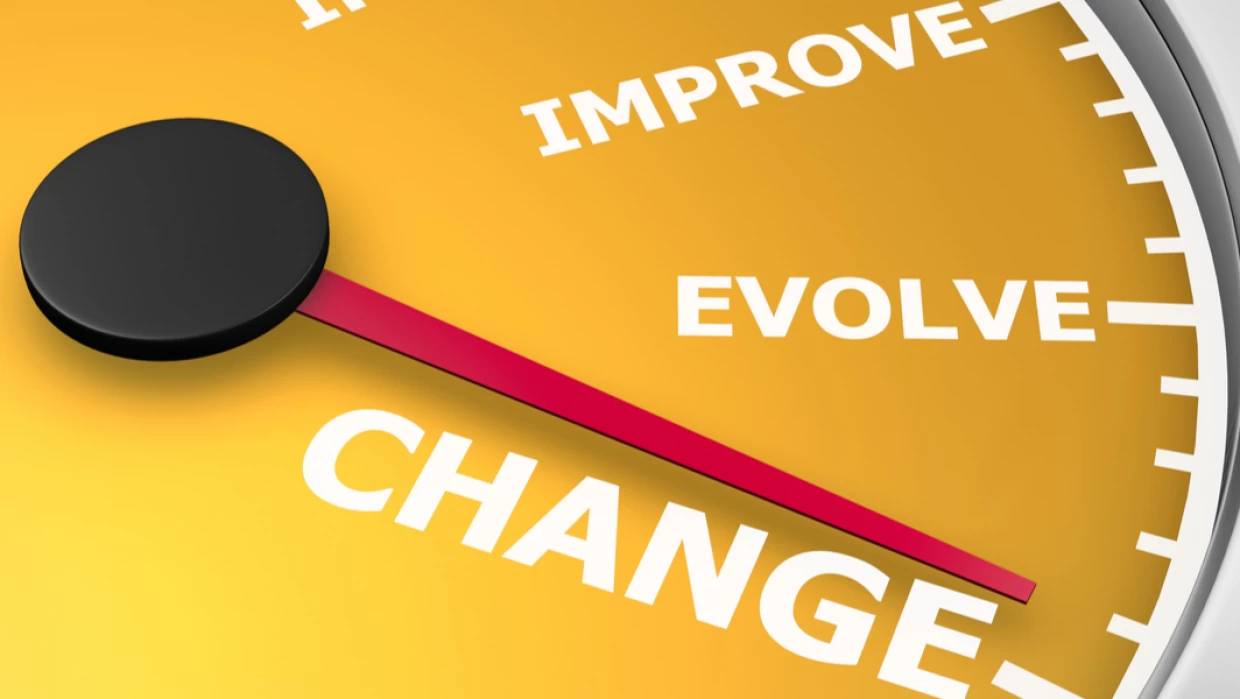

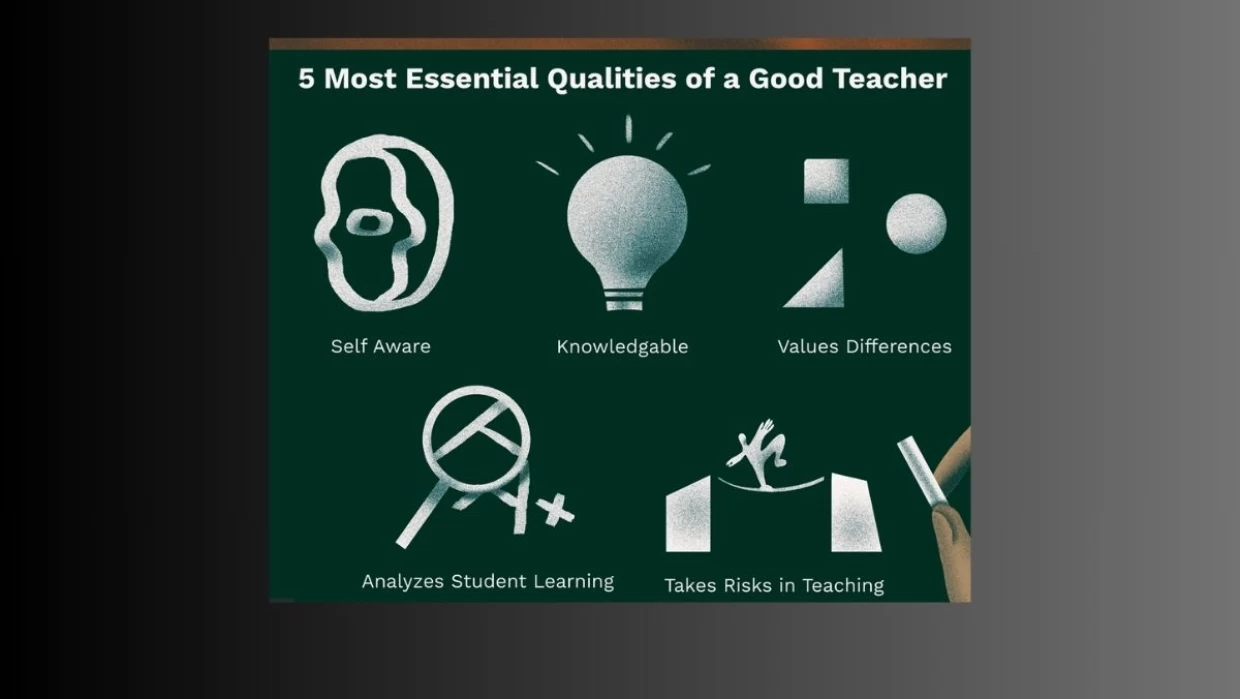
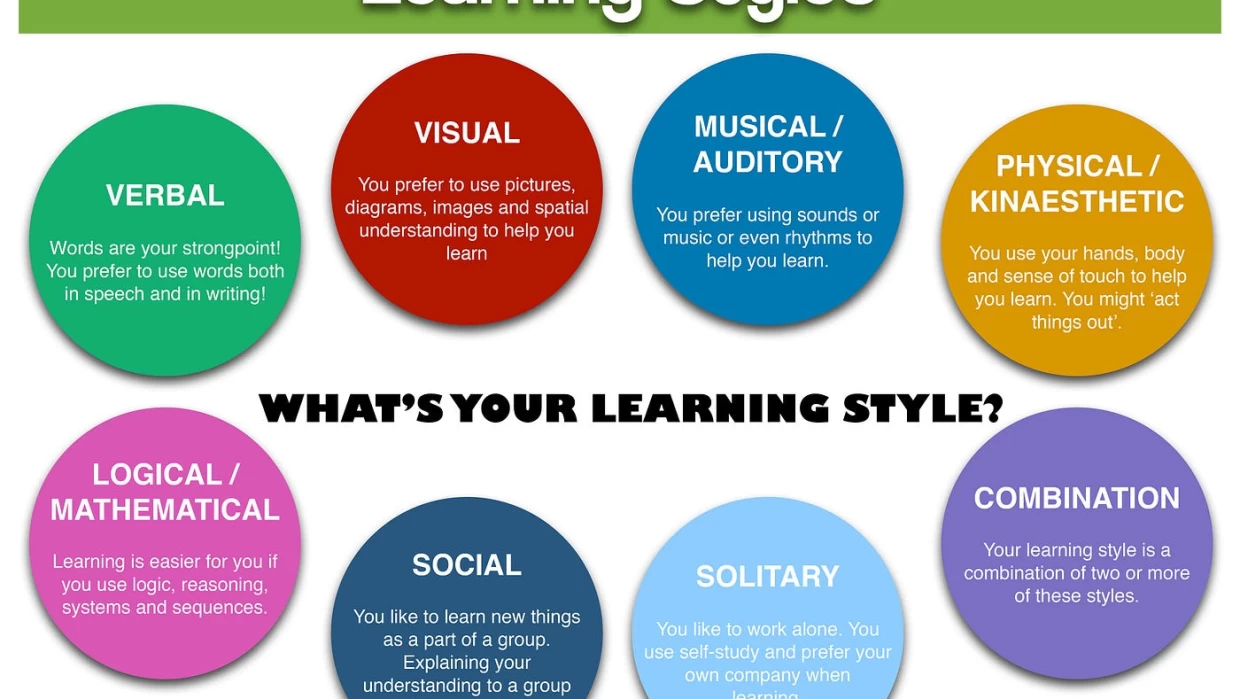
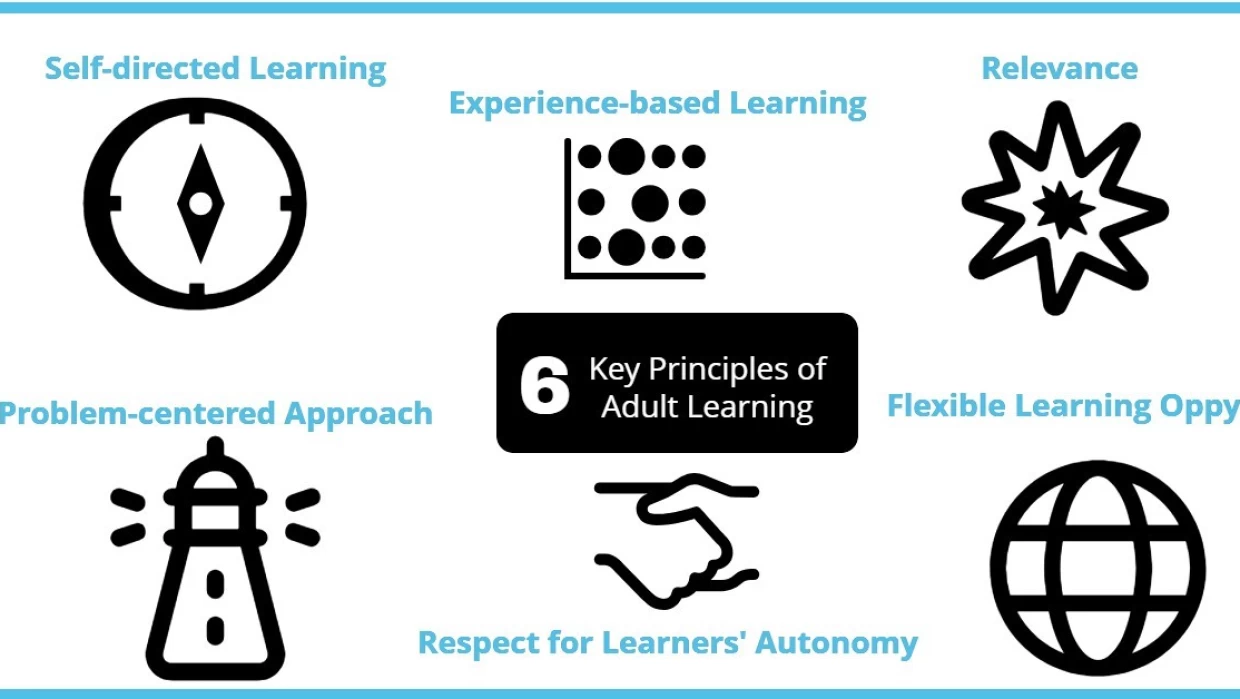














We would be delighted if you could get in touch with us.
Your email address will not be published. Required fields are marked